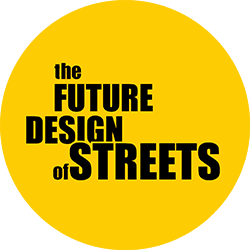PLANT & SOIL
PLANTS&SOIL
“The underground is as well public space. Not only the building,
not only the pavement, but also the subsurface.”
Joyce van den Berg
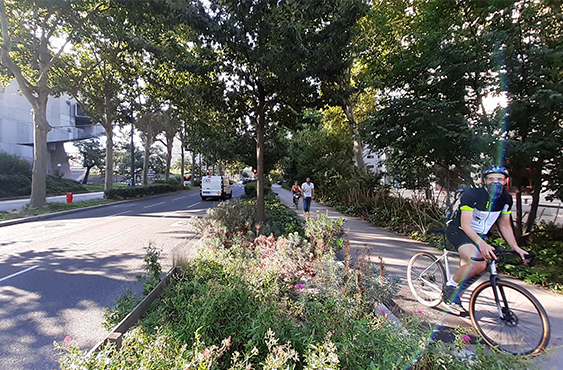
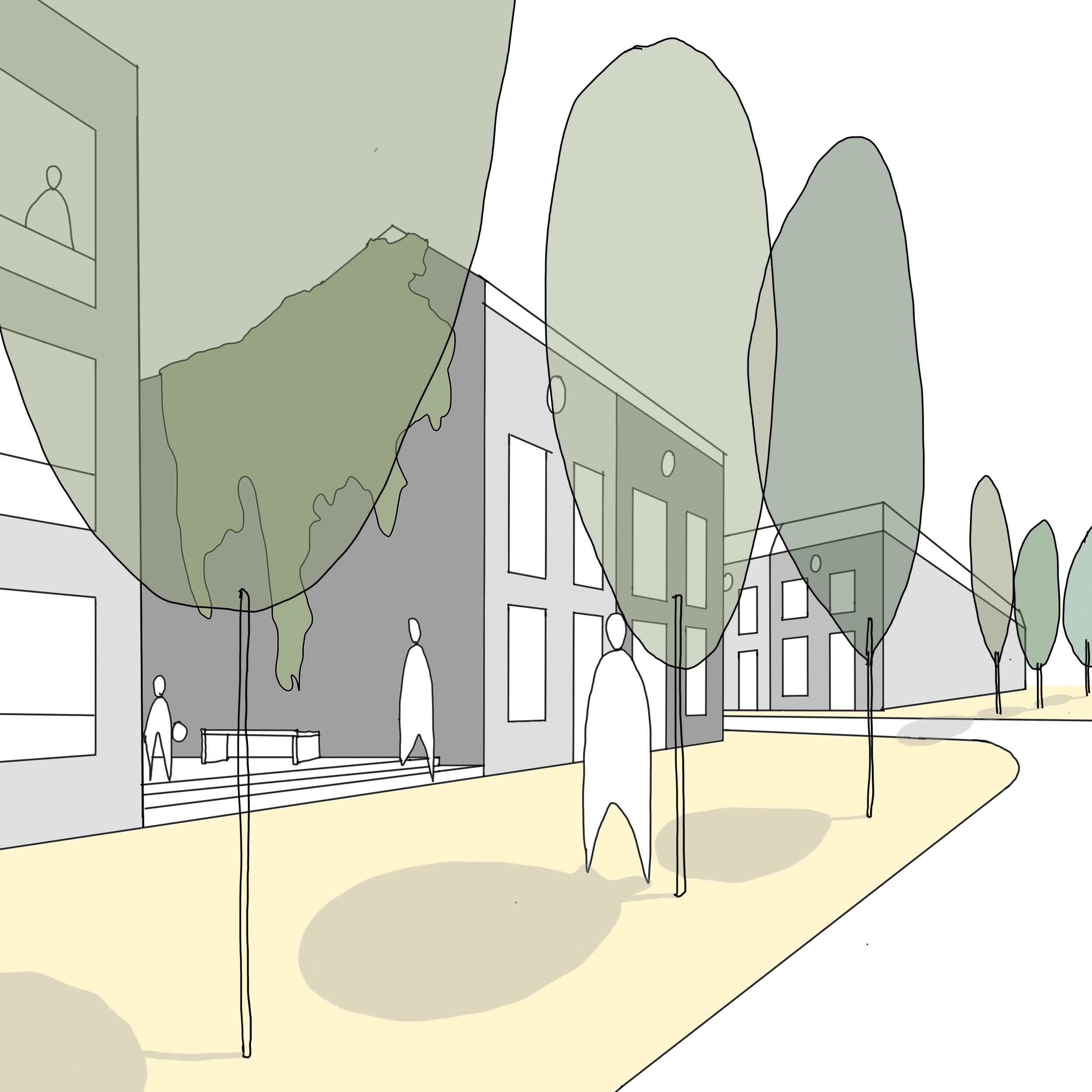
STREET TREES
Trees give streets a green character, provide shade on pedestrian areas, offer a cooling effect and form a basis for urban ecology.
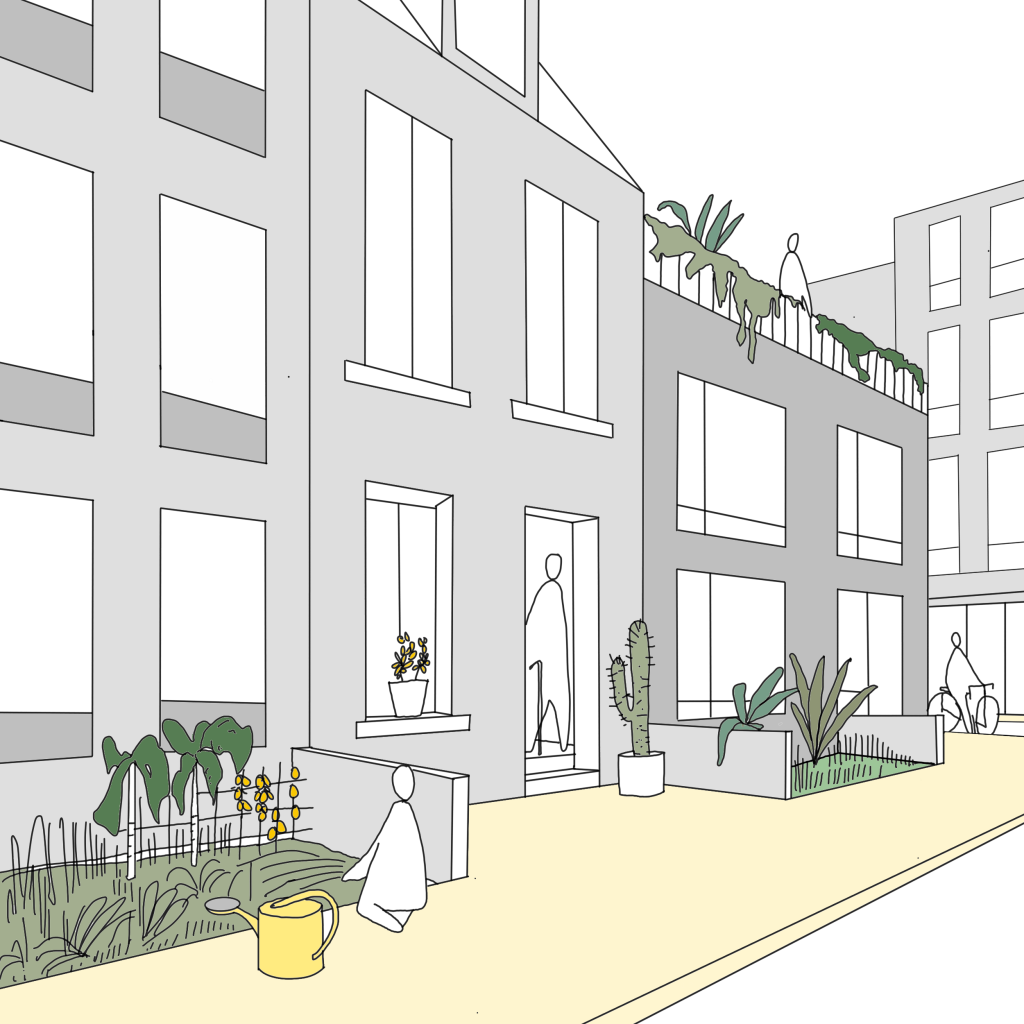
FRONT GARDENS
Well-kept front gardens make streets greener. These front gardens can vary in organisation, plant types, dimensions, and other objects. They form hybrid spaces between private spaces and the public space. The routines that citizens develop in these spaces can have a demonstrative and exemplary effect, they enhance interaction processes, ensure presence and control.
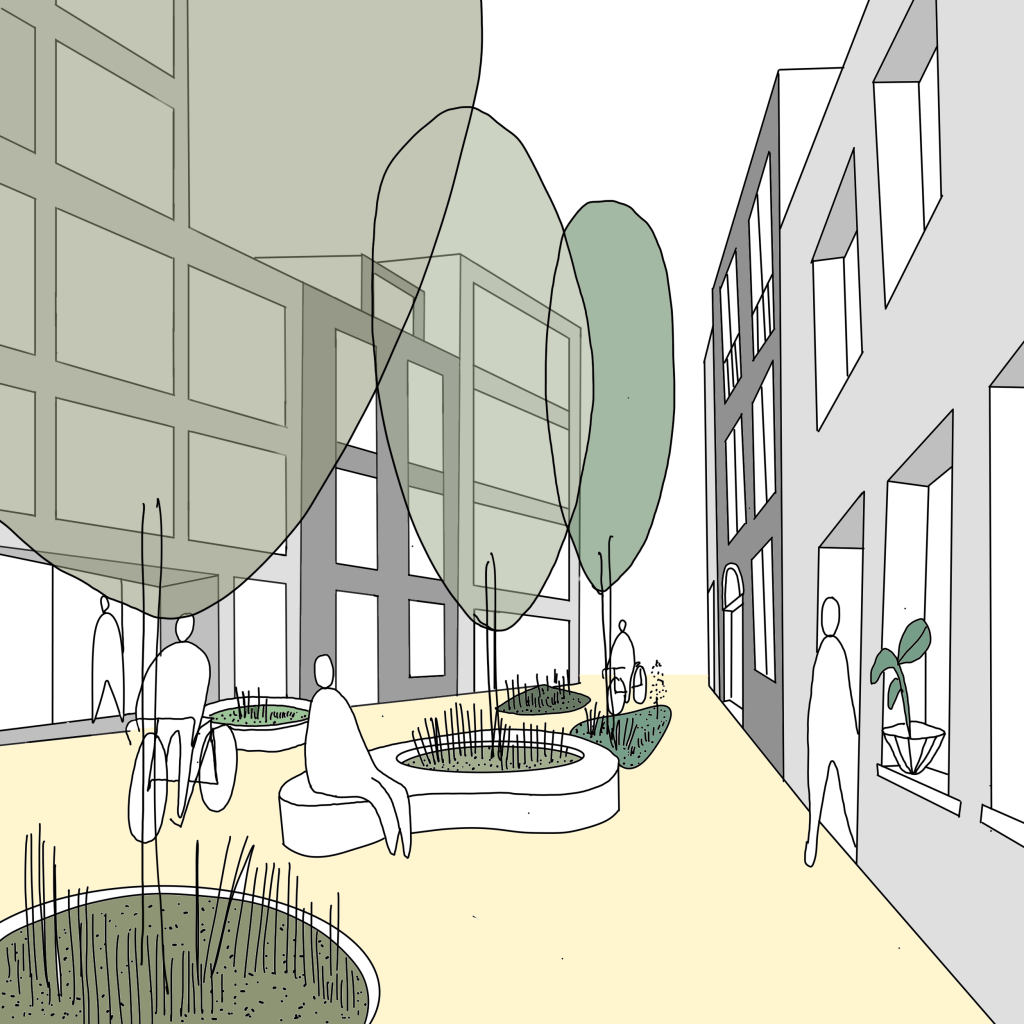
POCKET GARDENS
Streets with a local character can also be seen as local pocket gardens. There are many examples to combine urban green with park elements, playgrounds or sport spaces. Greener spaces provide more areas for water permeability and water retaining.
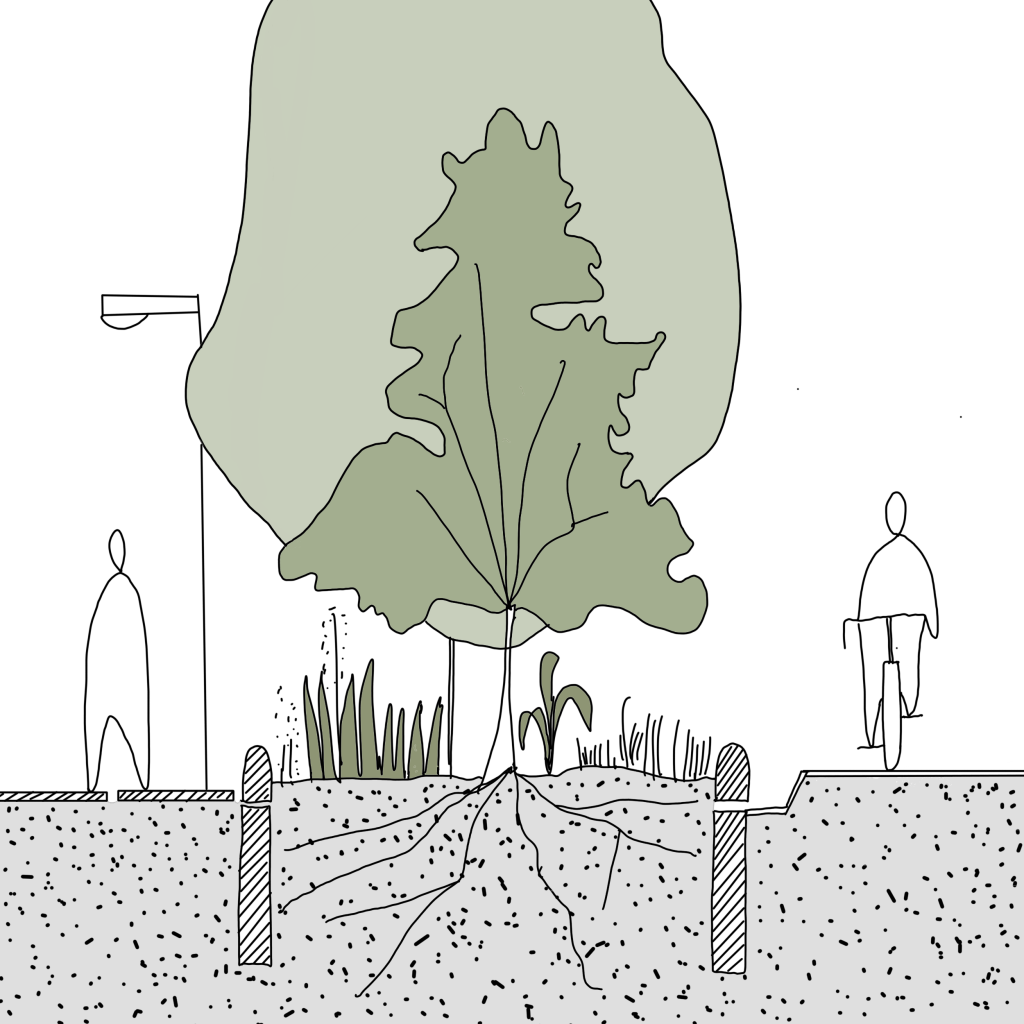
VEGETATION
The transformation of streets means reorganising the available (limited) space for all kinds of needs and demands. Streets should be understood as spaces of (urban) nature with space for. vegetated and permeable areas – pavements and soils – are fundamental.
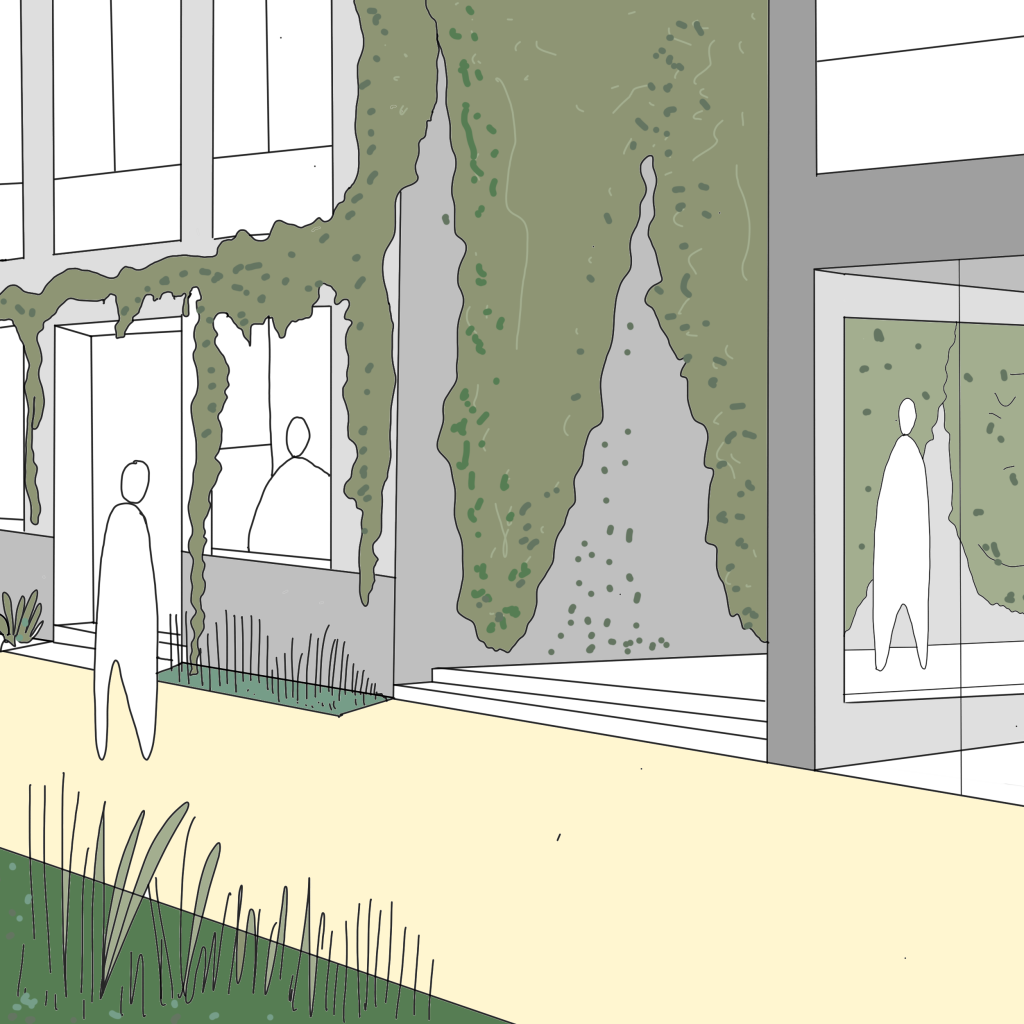
GREEN FACADES
Vertical facades, plants / pocket gardens contribute to a greener character of streets. In smaller streets it can be a way to introduce gardening into these spaces. They enhance maintenance processes and are a positive response to the need for shading, temperature, humidity, and noise control.
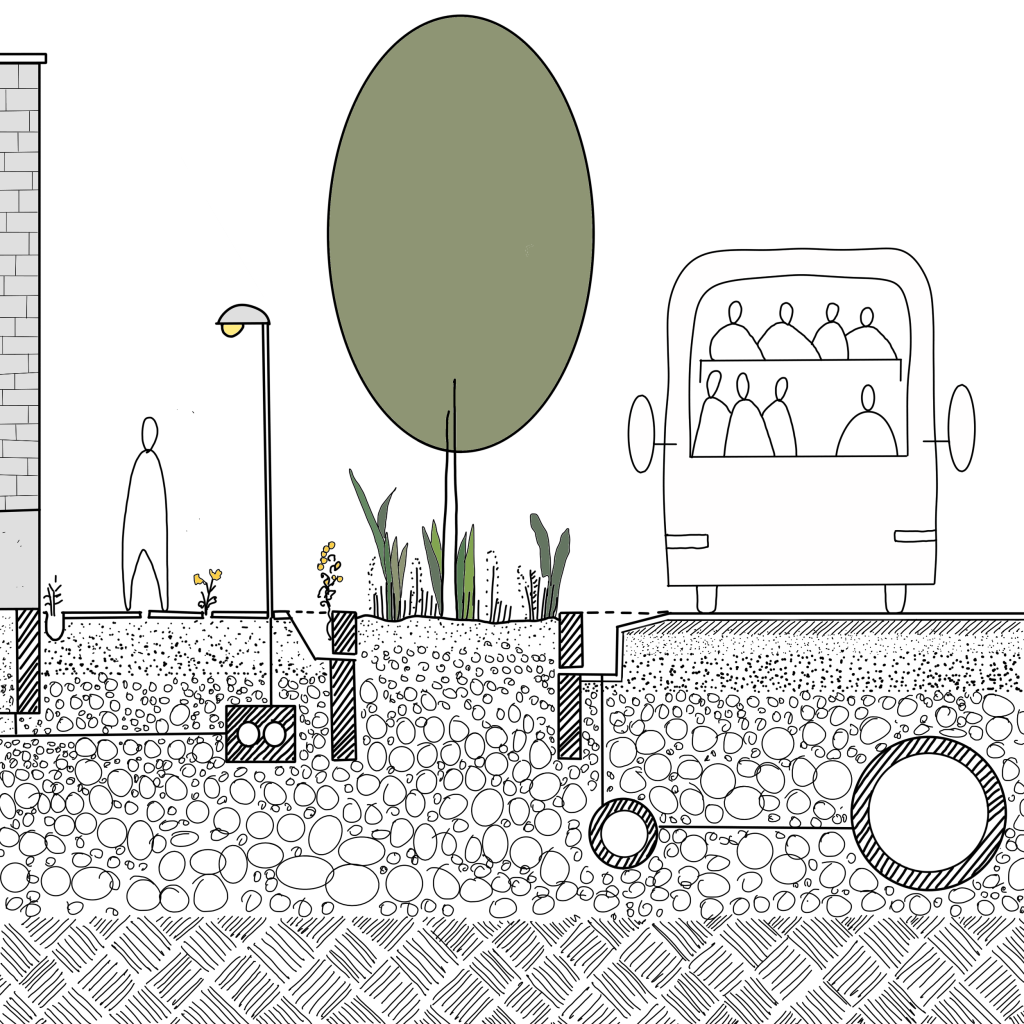
UNDERGROUND
Green urban ecology starts with a good base: a solid and healthy soil and air quality, with sufficient space and water supply. Designing the underground is part of street design, at a project phase and for a longer period (maintenance planning). It is important that all needed green systems, urban networks and mobility demands are planned in an integral manner.
